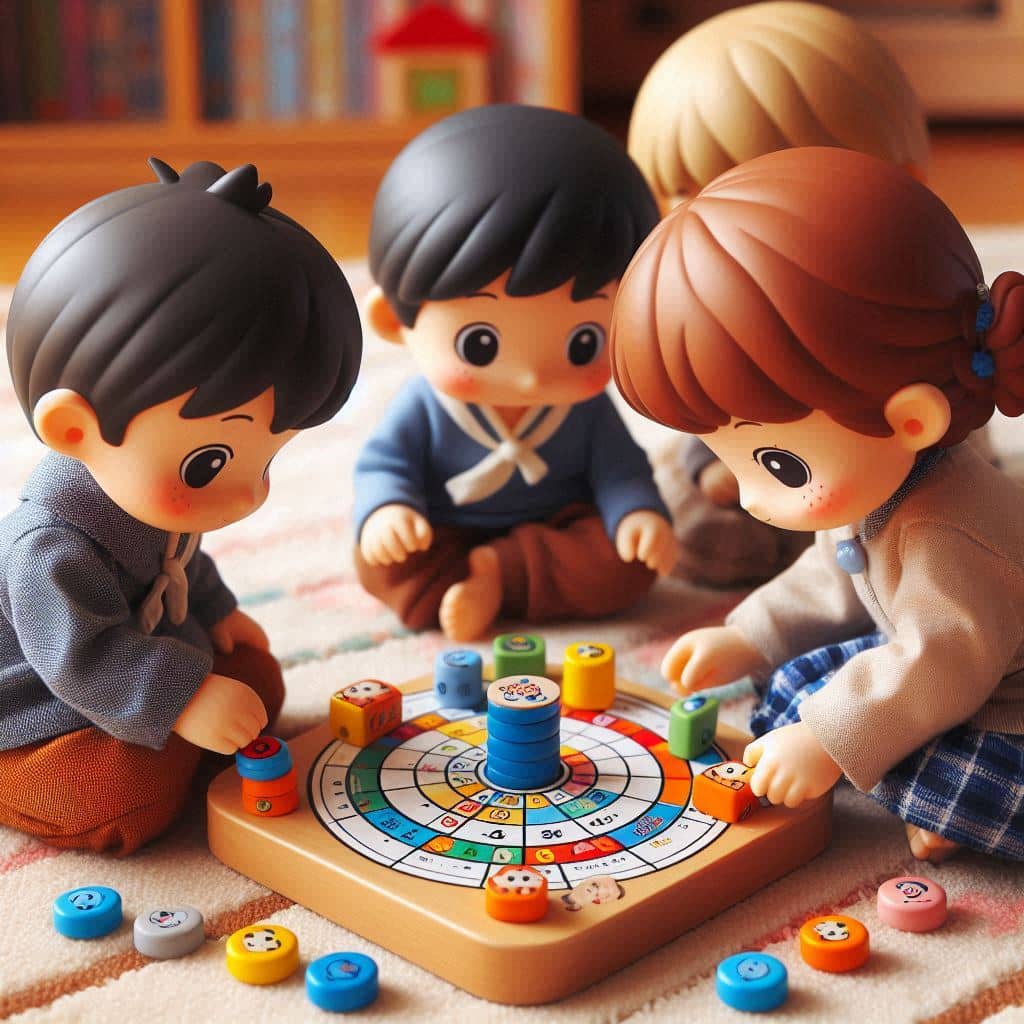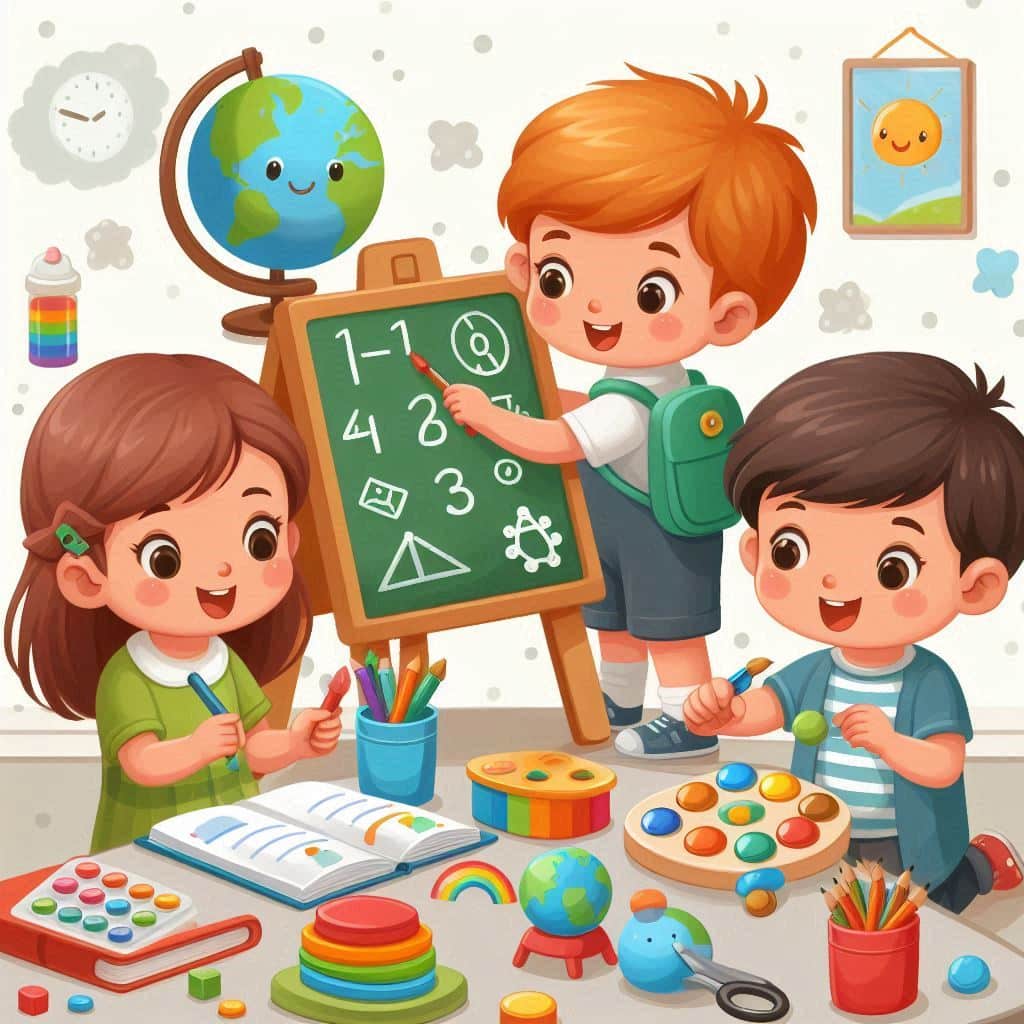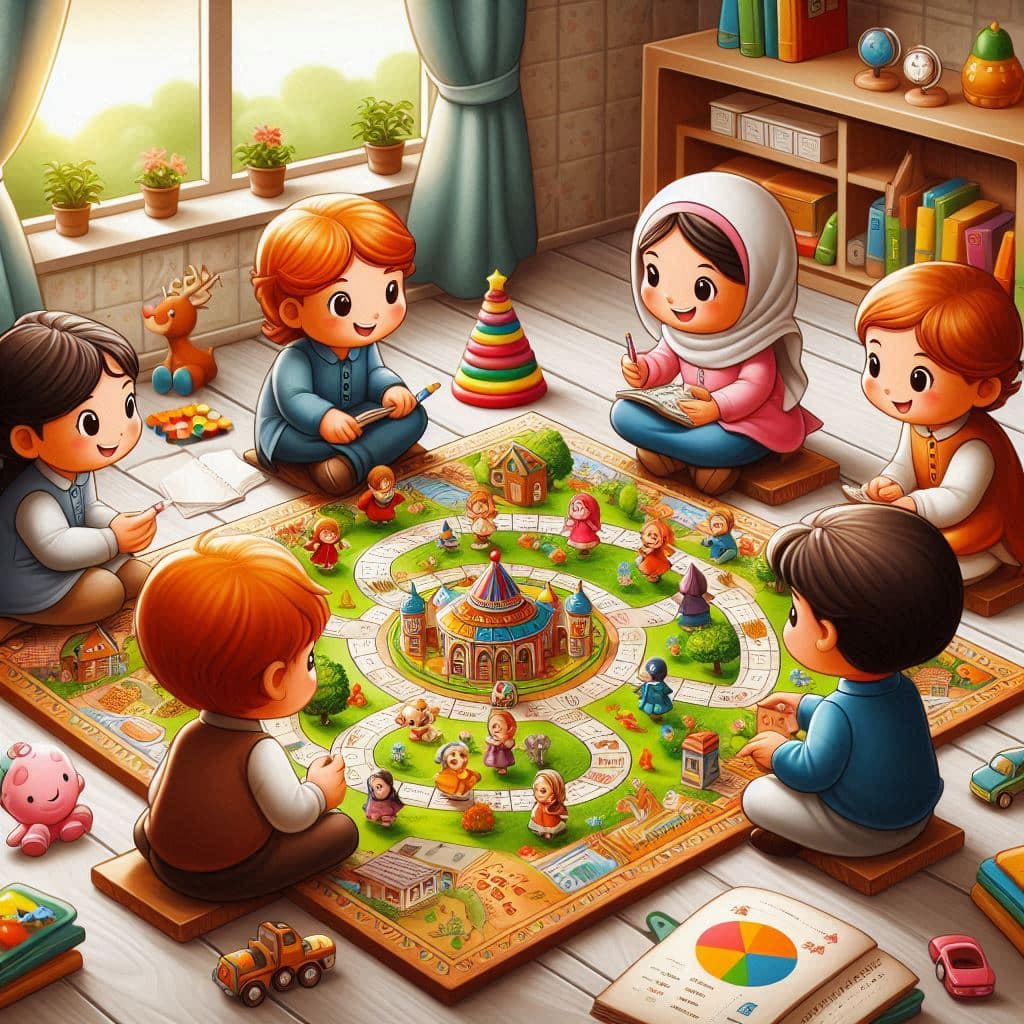In today’s digital age, educational games have become an innovative and effective way to engage learners of all ages. By blending the elements of fun and education, these games offer a dynamic platform for teaching new concepts and skills. This blog post will delve into the world of educational game development, offering tips and insights on creating games that are both captivating and instructive. Whether you’re a seasoned developer or a teacher looking to incorporate games into your curriculum, these guidelines will help you design learning games that truly resonate with players.

Understanding the Basics of Educational Game Development
What Are Educational Games?
Educational games are designed with the primary purpose of teaching specific concepts, skills, or knowledge. Unlike traditional video games, which focus mainly on entertainment, educational games aim to strike a balance between fun and learning. These games can cover a wide range of subjects, including math, science, history, language arts, and even social skills.
Why Educational Games?
The appeal of educational games lies in their ability to make learning interactive and enjoyable. They can:
- Increase Engagement: Games can capture and hold the attention of learners more effectively than traditional teaching methods.
- Enhance Motivation: The reward systems and challenges in games can motivate players to continue learning.
- Promote Active Learning: By actively participating in the learning process, players can better retain and understand the material.
- Provide Immediate Feedback: Games can offer instant feedback, allowing players to learn from their mistakes and improve.
Tips for Developing Engaging Educational Games
1. Identify Clear Learning Objectives
Before you start designing your game, it’s crucial to define the learning objectives. What do you want players to learn or achieve by playing your game? Clear objectives will guide the game’s design and ensure that the educational content is seamlessly integrated into the gameplay. For instance, if you’re creating a math game, your objectives might include improving players’ arithmetic skills or understanding of geometric concepts.
2. Know Your Audience
Understanding your target audience is key to designing a game that resonates with players. Consider the age, interests, and skill levels of your audience. Games for younger children should be simple, colorful, and easy to navigate, while games for older students or adults can be more complex and challenging. Tailoring your game to the needs and preferences of your audience will enhance its effectiveness and appeal.
3. Blend Education and Entertainment
The most successful educational games seamlessly blend learning and fun. Strive to create a game where the educational content is naturally integrated into the gameplay. Avoid making the game feel like a series of quizzes or lessons. Instead, use storytelling, puzzles, challenges, and interactive elements to teach concepts in an engaging way. For example, a language learning game might incorporate vocabulary words into an adventurous storyline where players must use their language skills to progress.
4. Design Engaging Gameplay Mechanics
The gameplay mechanics are the backbone of your game. They determine how players interact with the game and what actions they can take. When designing educational games, consider incorporating mechanics that promote critical thinking, problem-solving, and creativity. Some popular mechanics include:
- Puzzles: These challenge players to think critically and solve problems.
- Quests: Players complete tasks or missions to achieve goals.
- Simulations: Real-world scenarios where players can apply their knowledge.
- Mini-Games: Short, focused games that teach specific skills.
5. Use Visuals and Audio Effectively
Visual and auditory elements play a significant role in making educational games engaging. Use appealing graphics, animations, and sound effects to create an immersive experience. Visuals can help illustrate concepts and make abstract ideas more concrete, while audio cues can guide players and reinforce learning points. For example, a science game about the solar system might use vivid images of planets and space sounds to enhance the learning experience.
6. Provide Feedback and Rewards
Feedback and rewards are essential components of educational games. They help reinforce learning and keep players motivated. Offer constructive feedback when players make mistakes and praise their successes. Rewards, such as points, badges, or unlocking new levels, can provide a sense of achievement and encourage continued play. Ensure that the feedback and rewards are aligned with the learning objectives to maintain the educational value of the game.
7. Test and Iterate
Game development is an iterative process. After creating a prototype of your game, test it with real users to gather feedback. Observe how players interact with the game and identify any areas where they struggle or lose interest. Use this feedback to make improvements and refine the game. Iterative testing ensures that the final product is both engaging and educationally effective.

Use Case Scenarios
Scenario 1: Math Adventure for Elementary Students
Imagine a game called “Math Adventure” designed for elementary students. The game’s storyline involves helping a group of characters navigate through a magical forest by solving math problems. Each level presents a new challenge, such as addition and subtraction puzzles, geometry mazes, or multiplication quizzes. As players progress, they earn rewards like virtual badges and unlock new parts of the forest. The game uses colorful graphics, fun animations, and encouraging feedback to keep young learners engaged and motivated.
Scenario 2: History Quest for Middle School Students
“History Quest” is a game aimed at middle school students, taking them on a journey through different historical periods. Players must complete quests by answering questions and solving puzzles related to key historical events and figures. The game incorporates primary source documents, interactive timelines, and role-playing elements to bring history to life. By immersing students in historical contexts and allowing them to make decisions based on historical knowledge, the game enhances their understanding and retention of history lessons.
Scenario 3: Language Learning for Adults
A language learning game called “Lingua Adventure” targets adult learners. The game is set in various international cities where players must use their language skills to navigate, interact with locals, and complete tasks. It features dialogues, vocabulary challenges, and cultural trivia. Realistic scenarios, such as ordering food in a restaurant or asking for directions, provide practical language practice. The game also includes voice recognition technology to help players improve their pronunciation.
Conclusion
Creating educational games that are both engaging and effective requires a thoughtful approach to game design. By setting clear learning objectives, understanding your audience, blending education with entertainment, and designing compelling gameplay mechanics, you can develop games that captivate players and enhance their learning experience. Remember to test and iterate your game based on user feedback to ensure it meets its educational goals. With these tips, you’re well on your way to creating educational games that are as enjoyable as they are instructive.
Educational game development is a powerful tool for teaching and learning in the digital age. By leveraging the unique advantages of games, you can create immersive and interactive learning experiences that make education fun and memorable.
Remember to apply these guidelines and tips to your game development process. Whether you’re creating a math adventure for kids, a history quest for teens, or a language learning journey for adults, the key is to blend education and entertainment seamlessly. Happy game developing!



